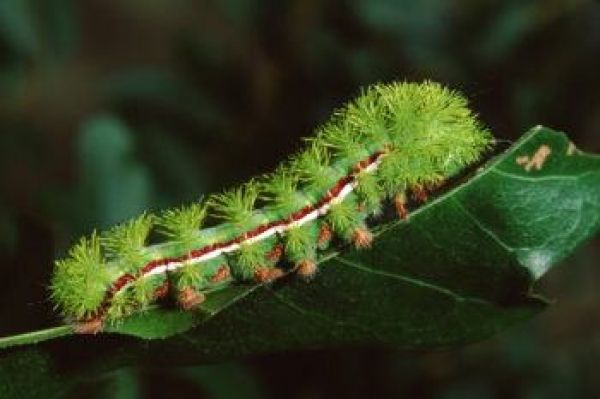As the weather warms up and people begin spending more time in their yards, parks and forests, more people will be coming home with a rash or bug bite.
However, Texas A&M AgriLife Extension Service experts say before you blame a flying insect or a poisonous plant for a skin ailment, you may need to consider another culprit – stinging caterpillars.
“Spring foliage has brought on an abundance of caterpillars, a few of whom carry irritating or even venomous hairs,” said Janet Hurley, AgriLife Extension integrated pest management for schools statewide specialist, Dallas.
“We normally have fact sheets available for schools this time of year, but with most children out of school due to COVID-19, we wanted to make sure parents are aware that there are stinging caterpillars in Texas, what they look like, and how to avoid them,” she said.
Continue reading at Texas A&M University
Image via Texas A&M University


